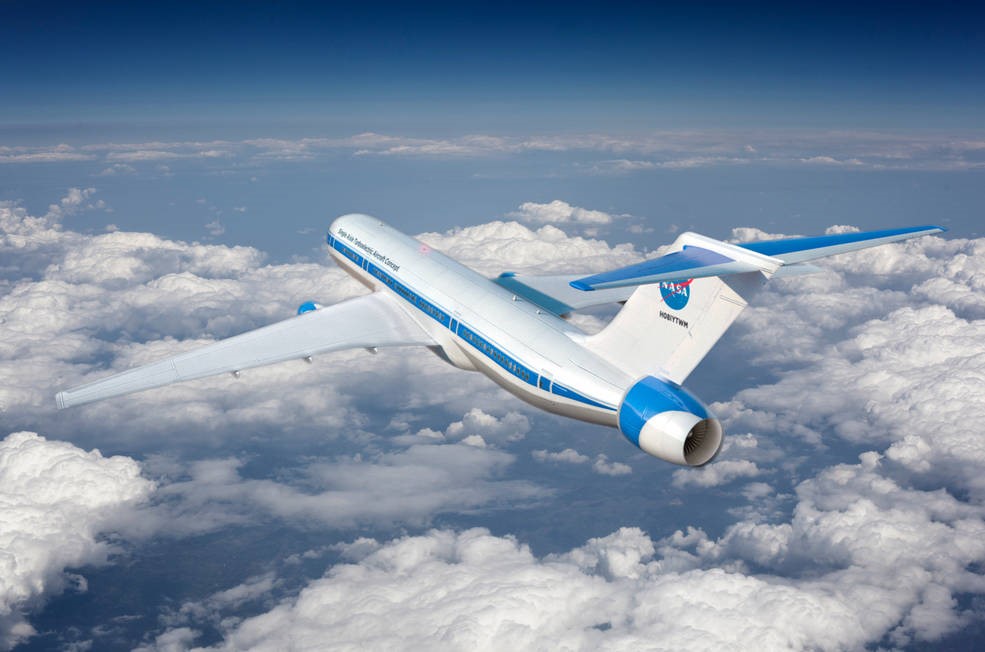Jason Gruber
IMSG Laboratories, Inc
Description
Long duration space exploration missions cause astronauts to experience physiological deconditioning, including bone loss, muscle atrophy, cardiovascular deconditioning, sensorimotor/balance impairment, and vision changes. For a crewed Mars mission, where microgravity and reduced gravity (e.g. 0.38 G on the Martian surface) exposure may occur for 2+ years, deconditioning impacts the astronauts’ health, well-being, effectiveness, and safety. Here, we propose a novel linear artificial gravity (AG) technology designed to counteract these deleterious effects on the astronauts. Previous “centrifuge” AG systems have negative impacts due to the constant rotating environment: 1) Coriolis forces, which may be confusing and limit concurrent exercise or lead to injury, 2) vestibular crosscoupling illusions, which are highly provocative and cause motion sickness, and 3) gravity gradients, where the loading varying along the length of the astronauts body. Alternatively, our linear AG technology (termed “Turbolift”) suffers from none of these confounding problems, particularly during the acceleration/deceleration “loading” phases. Briefly, the conceptual paradigm is as follows: the astronaut is linearly accelerated at 1G for ~1s, then is rotated 180 degrees to prepare for a 1G deceleration for ~1s. This process is repeated to create intermittent AG where the force is always headward similar to standing here on Earth. The experience is likely to be analogous to bouncing mildly on a trampoline. The intermittent loading is intended to reduce or eliminate the physiological deconditioning in a comprehensive, multi-system manner. To evaluate the linear AG technology, we aim to perform an engineering design analysis to quantify the required size and mass of the system. We also aim to design a scale model of the system to test its feasibility, such that it can be properly evaluated as countermeasure system to enable long duration crewed exploration
2017 Phase I and Phase II Selections































